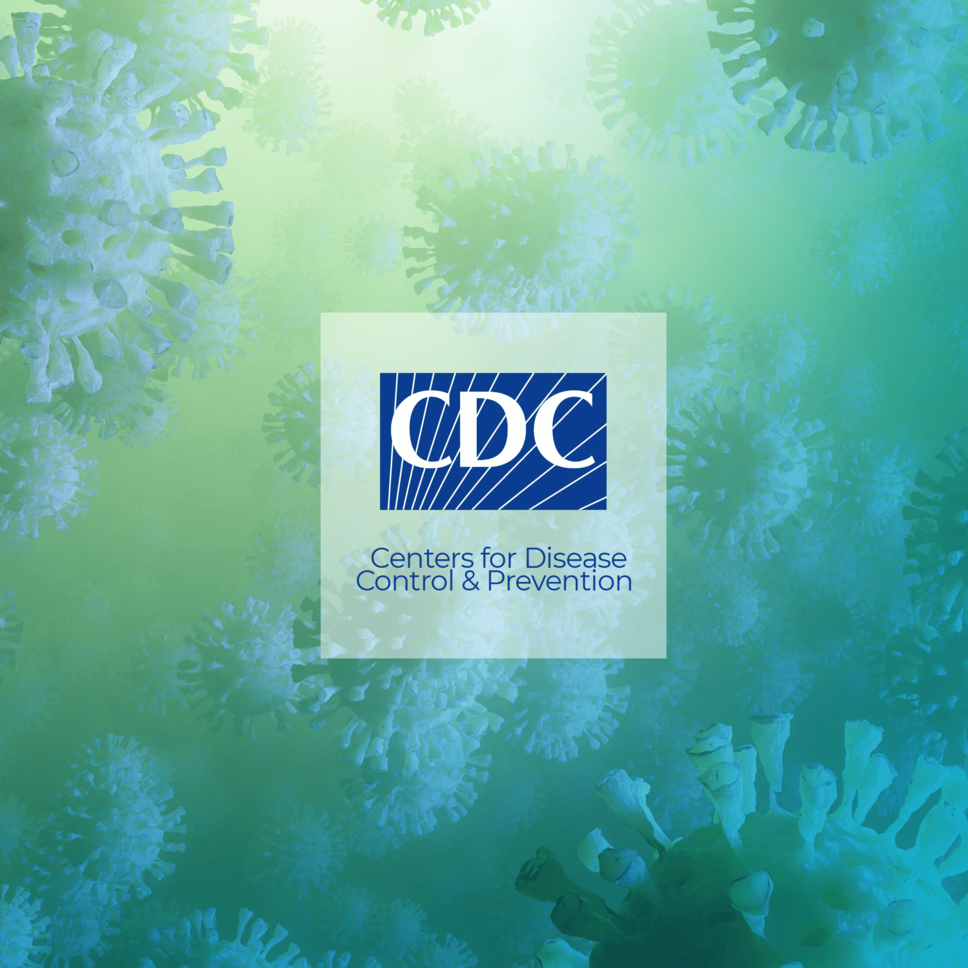
CLIA LINKS & DOWNLOADS
HOW TO APPLY

USEFUL ARTICLES
*Information provided by the CDC.
Selecting a link will take you to the CDC’s website in a new browser tab.
INDICAID OTC DOWNLOADS
NDC NUMBERS:
60008-0407-80 (2-Pack)
INDICAID PoC DOWNLOADS


*Information provided by the CDC.
Selecting a link will take you to the CDC’s website in a new browser tab.
INDICAID OTC DOWNLOADS
NDC NUMBERS:
60008-0407-80 (2-Pack)
INDICAID PoC DOWNLOADS